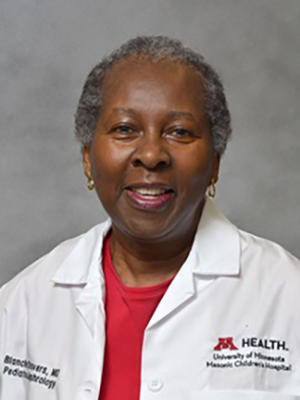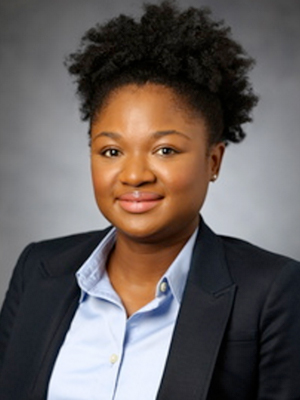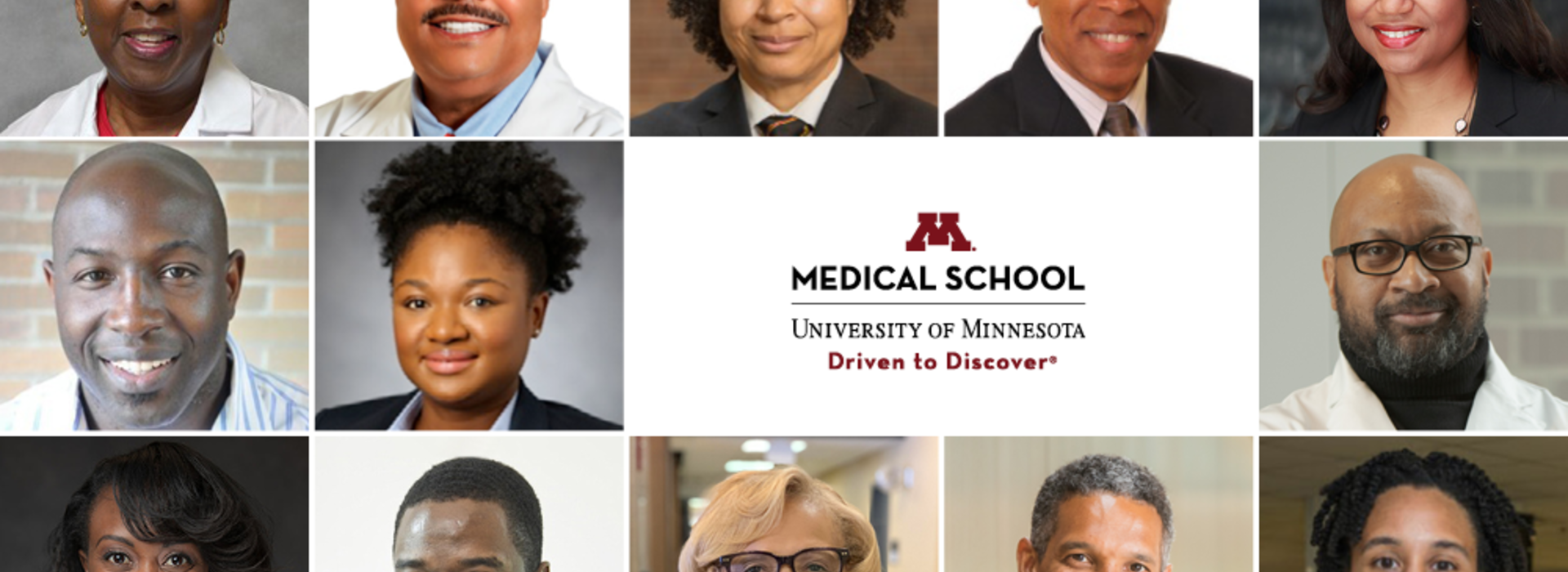
Celebrating Our Distinguished Medical School Colleagues: Black History Month
Black History Month is an annual celebration of achievements by African Americans. This month, we are highlighting the extraordinary work of some of our Medical School staff, faculty-physicians and researchers who are advancing medicine through their passion for research, clinical care and training of the next generation of healthcare leaders.
Before Dr. Chavers joined the Medical School, children under the age of two with end-stage kidney disease rarely survived.
“In the early years of kidney transplantation, it was only available to older children,” Dr. Chavers said. “My work, along with other greats in the field of kidney transplantation at the University of Minnesota, led to the publication of protocols for transplantation in young children that have been used all over the world.”
Today, she continues her work on kidney transplant outcomes in children. Her research lab also studies an early marker of kidney disease in the U.S. population as part of the National Health and Nutrition Examination Survey, which helps monitor kidney disease across the country.

Charles Crutchfield III, MD
Clinical Professor
Department of Dermatology
Celebrating 24 years at the Medical School
Dr. Crutchfield comes from a long history of firsts. His mother, Susan Crutchfield, MD, is known to be the first African American woman and the youngest woman, at age 23, to graduate from the Medical School. After his parent’s graduation in 1963, his father, Charles Crutchfield II, MD, became the first African American to practice gynecology in the Twin Cities, helping deliver more than 10,000 babies throughout his 55 years in practice. It should be no surprise that Dr. Crutchfield continued his parent’s legacy, completing his residency in the Medical School’s Department of Dermatology as its first African American graduate in 1996.
“Back in the 1960s, I think my parents were looked to as an African Americans who happened to be physicians. Now, there’s been a shift to where I’m looked at today as someone who is a physician who happens to be African American. It’s really cool,” Dr. Crutchfield said. “Minnesota is very rich in diversity, so it is nice to see this grow and be reflected in physicians and in high-quality healthcare. I am so very proud to be a part of the U of M Medical School.”
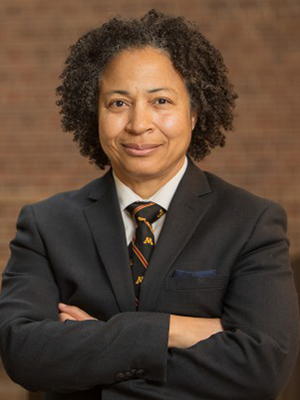
Renée Crichlow, MD
Assistant Professor & Director of Advocacy and Policy
Department of Family Medicine & Community Health
Celebrating 10 years at the Medical School
Dr. Crichlow says she wakes up every day proud to inspire both her patients and her learners to change their lives for the better. As an assistant professor, she teaches medical students and residents how to advocate for their patients and help solve problems that affect diverse communities.
“Every problem that has ever been made by humans can be solved by humans,” Dr. Crichlow said. “I am proud that my learners are now all over the state taking care of fellow Minnesotans.”
Beyond the clinic and classroom, Dr. Crichlow also leads the Ladder Program, a mentorship opportunity she founded where children and young adults in the Twin Cities can explore and learn more about health professions, such as nurses, doctors and dentists.
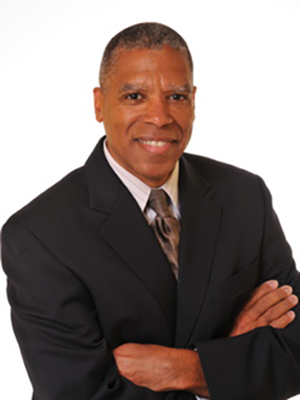
David Hamlar, MD, DDS
Assistant Professor
Department of Otolaryngology, Head & Neck Surgery
Celebrating 26 years at the Medical School
Dr. Hamlar served our country for 31 years as part of the Air Force and Minnesota Air National Guard, deploying six times to serve full-time between 2002 and 2012. Retiring in 2017, he was the first African American promoted to General Officer in the state. His “day job” during that time and still today is teaching at the Medical School and caring for patients in need of craniofacial and skull base surgeries. Yet, what he finds most pride in is the opportunity to mentor.
“Being a member of the admissions committee that oversees Duluth and Twin Cities campuses allows me to help guide students, especially those underrepresented in medicine, toward their goals. That’s one of my joys,” Dr. Hamlar said. “Also, being a faculty advisor allows me to help our students progress through their career development in medicine and life.”
Beyond Medical School, he is on numerous Community Boards, one of which is a Department of Defense program named StarBase that introduces underrepresented fourth through sixth-grade students through STEM programs at the 133rd Airlift and 148th Fighter Wings. The program helps students learn about aerospace through “planning a mission to Mars,” teaching them how to build rockets, travel through space, survive in a colony on Mars and return to earth.
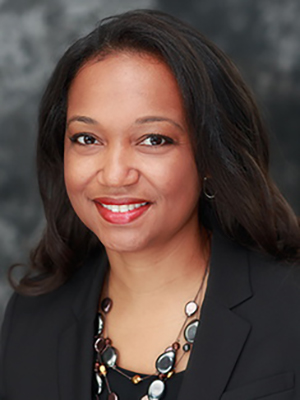
Brooke A. Cunningham, MD, PhD
Assistant Professor
Department of Family Medicine & Community Health
Celebrating 6 years at the Medical School
When Dr. Cunningham received a National Institutes of Health (NIH) Career Development Award from the National Heart, Lung and Blood Institute, she was encouraged that NIH was willing to fund a project that focused on addressing racism as a means to improve the care of African American patients.
“My project ultimately intends to train primary care providers to begin having conversations about racism with their black patients,” Dr. Cunningham said. “I believe that will signal to black patients that, ‘Hey, this provider is thinking about what it may be like for me as a black woman (or man).' By asking, the provider might build trust and improve health outcomes.”
Since 2016, Dr. Cunningham has lectured on racism as a health risk factor as part of the first-year Medical School curriculum. She believes that racial diversity is important in producing quality research and educating future physicians.
“There’s something called standpoint theory in research, which recognizes that the questions that we ask as scientists and how we interpret the results are influenced by your own lived experience,” Dr. Cunningham said. “African American physicians and scientists are often oriented towards community health, which means that as clinicians we often are in primary care fields and as researchers we often study factors that affect groups or communities, rather than isolated individuals.”
However, she added that all students and trainees should feel free to choose whatever path is right for them and said, “Although primary care and community health is critically important, we also need African Americans in all clinical specialties and fields of research. It’s good for all students to be taught and mentored by faculty from different racial backgrounds. It shows that we all belong here.”
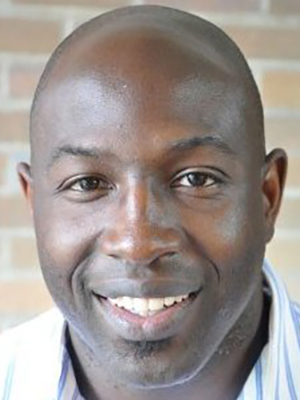
David Haynes, PhD
Assistant Professor
Department of Medicine, Institute for Health Informatics
Celebrating 8 months at the Medical School
Dr. Haynes is a health geographer. He uses data and maps to help medical colleagues across the state pinpoint areas where breast cancer disparities exist in Minnesota. For a couple of years, he has worked closely with Sage Screening Programs, part of the Minnesota Department of Health, to help identify, in high detail, the pockets in Minnesota where uninsured and underinsured women are not receiving breast cancer screenings.
“These maps allow us to target at a neighborhood level, or even at the level of a census block, how many people in that area should be screened. We’re trying to publish that information now,” Dr. Haynes said.
And, he believes there is a great need for more African American researchers and physicians.
“I went to a talk, and they said the number of male African American physicians decreased. It peaked in the early 80s and has since come back down,” Dr. Haynes said. “It’s really important for people of underrepresented groups to be a part of the larger decision-making process.”
Dr. Jallow says her proudest accomplishment is the work of her team’s research on imaging protocol optimization that will improve quality and patient safety for ionizing radiation-based imaging. As a medical physicist, her main responsibility is to ensure this level of safety, minimizing radiation exposure and associated risks to patients.
“My team has developed an efficient workflow that allows easy access to imaging equipment and protocol development,” Dr. Jallow said. “I continue to do my research in CT technology advances to continue to push the limits of lowering radiation dose while maintaining optimal image quality.”
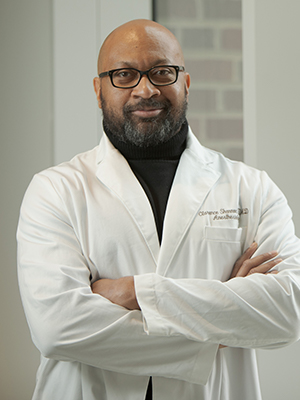
Clarence Shannon IV, MD
Assistant Professor
Department of Anesthesiology
Celebrating 3 years at the Medical School
As an anesthesiologist and the new Physician Leader for M Health Fairview Pain Management Programs, Dr. Shannon specializes in easing pain and improving a patient’s quality of life. He teaches at the Medical School while juggling his clinical role—one that oversees the policies and procedures for both inpatient and outpatient pain centers at three hospitals in the Twin Cities.
“We all feel more comfortable working with someone that looks like us; someone we can connect with, and that is the reason why I believe it is important to have more black physicians,” Dr. Shannon said. “I walk into the room, and patients will be surprised that I am a black physician. You can see their guard come down, and they exhale, knowing they can be themselves.”
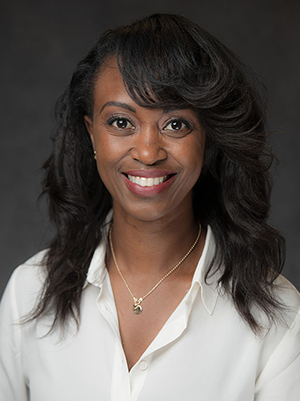
Aika Shoo, MD
Adjunct Assistant Professor
Department of Radiation Oncology
Celebrating 2 years at the Medical School
Dr. Shoo finds the responsibilities of being a radiation oncologist deeply gratifying—not only providing life-saving care to her cancer patients but also helping break barriers for women, in particular women of color, who want to pursue the field.
“One of the accomplishments that I’m most proud of is becoming a radiation oncologist. There are not many women of African-descent in medicine as we’re still disproportionately underrepresented in many math and science fields. If you look specifically at the specialty of radiation oncology, it is still male-dominated, and African-Americans and Latinos are few,” Dr. Shoo said. “I am the only African-American physician in my department, and many departments around the country do not have any at all. The odds are extremely long that someone from my background would become a radiation oncologist in this country.”
Throughout her time at the Medical School as well as in previous years in practice, Dr. Shoo has been acutely aware of the discrepancies in cancer outcomes. For many cancers, people of African-descent in the U.S. have the highest death rate and shortest survival once diagnosed.
“The reasons for these disparities are complex, but in general have to do with access and knowledge regarding cancer prevention, diagnosis and treatment.” Dr. Shoo said. “For example, many don’t realize that we are all susceptible to skin cancer, and black women are less likely to be diagnosed with breast cancer but more likely to die from it than other groups. This all speaks to the invisible obstacles there are to accessing good care, as well as the need to have a more diverse group of physicians and physician-scientists.”
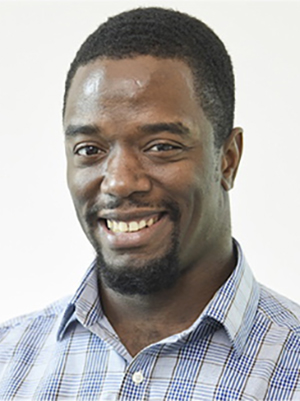
Glenn E. Simmons, Jr., PhD
Assistant Professor
Department of Biomedical Sciences
Celebrating 3 years at the Medical School
When Dr. Simmons isn’t in his lab researching ways to diagnose lung cancer earlier, he is also studying social determinants of health and cancer disparities among African American men. So far, his team’s research shows that women, as caregivers in a family and community structure, play a unique role in providing health education.
“What we are doing is studying how we can leverage that cultural norm in order to help improve the health outcomes of African American men in their communities,” Dr. Simmons said. “Something also identified in research is the need for more African Americans in medical careers—from those who are in the labs and also at the reception desks in clinics. We know this improves the experience for patients.”
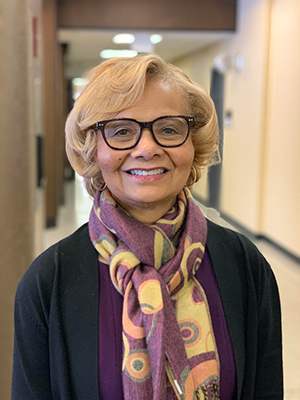
Mary Tate
Director
Minority Affairs & Diversity
Celebrating 23 years at the Medical School
One of the longest-serving members of the Medical School's Office of Medical Education, Mary Tate says her proudest moment came just three years ago. She leads the Minority Affairs & Diversity Program at the Medical School, which includes hosting a farewell event for fourth-year medical students who are underrepresented in medicine. In 2017, a group of students honored her at this event by creating a scholarship in her name, The Mary Tate SNMA Alumni Scholarship. For years to come, this award will support third and fourth-year medical students who show a commitment to community service, reducing health disparities and serving urban, underserved communities.
"Blacks or African Americans come from a culturally rich history," Tate said. "There are many contributions that Blacks or African Americans have made to medicine, research, education and other health professions. Medical schools and institutions need to be more intentional in the recruitment, hiring and promoting of Blacks and African Americans. Therefore, it is important to not only celebrate Black History Month in February but to be aware and embrace the contributions and importance of having an inclusive workforce."
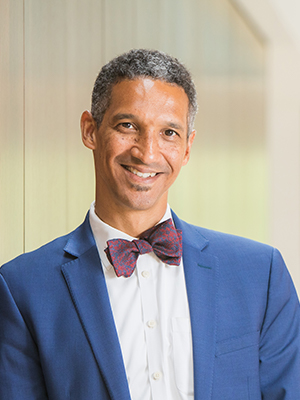
Christopher Warlick, MD, PhD
Associate Professor & Interim Chair
Department of Urology
Celebrating 13 years at the Medical School
Since Dr. Warlick arrived at the Medical School in 2007, he and a team of researchers, including Greg Metzger, PhD, began studying how to improve the use of MRI in the diagnosis and management of prostate cancer. Their work earned a patent for a computer-aided diagnostic model that identifies where prostate cancer is based on imaging. Yet, Dr. Warlick understands that no matter how far treatments advance, getting patients to feel comfortable visiting a doctor is the first, big hurdle in decreasing the impact of any disease.
“From a patient perspective, there has been a lack of trust in the healthcare system among African Americans, and a contributing factor is that there are few African American physicians and providers,” Dr. Warlick said. “One way to help get over that barrier of trust is to have more people of color in the practice of medicine to better understand the needs of people of color and how these social factors influence health.”
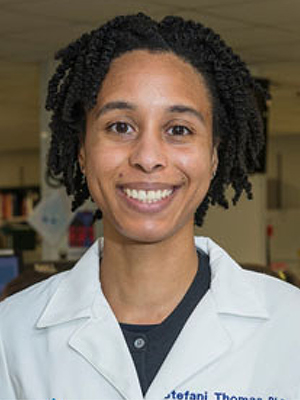
Stefani Thomas, PhD
Assistant Professor, Department of Laboratory Medicine & Pathology
Associate Medical Director, UMMC West Bank Laboratory
Celebrating 7 months at the Medical School
Despite the availability of more than 20 different FDA-approved drugs to treat it, ovarian cancer still kills roughly 15,000 women in the U.S. every year. Dr. Thomas believes the answer for a cure is in the proteome, or the protein-based profiles, of ovarian cancer tumors.
She shares this responsibility in her research to find a better treatment for this disease with her passion to increase the number of scientists who are underrepresented in medicine. Dr. Thomas recently received the Medical School’s Early Career Research Award, which works to increase the diversity of tenure-track faculty through dedicated salary support, protected research time, structured multidisciplinary mentoring and career development tools.
“I am excited and encouraged by the commitment that the U of M Medical School leadership has made to increase the pool of talented faculty members who are underrepresented in medicine and early in their research careers,” Dr. Thomas said. “I look forward to the great scientific advances that will be made by enhancing the diversity of the medical school faculty at universities across the country.”
